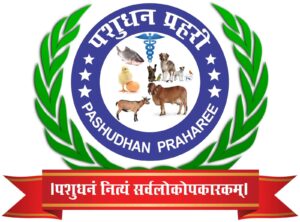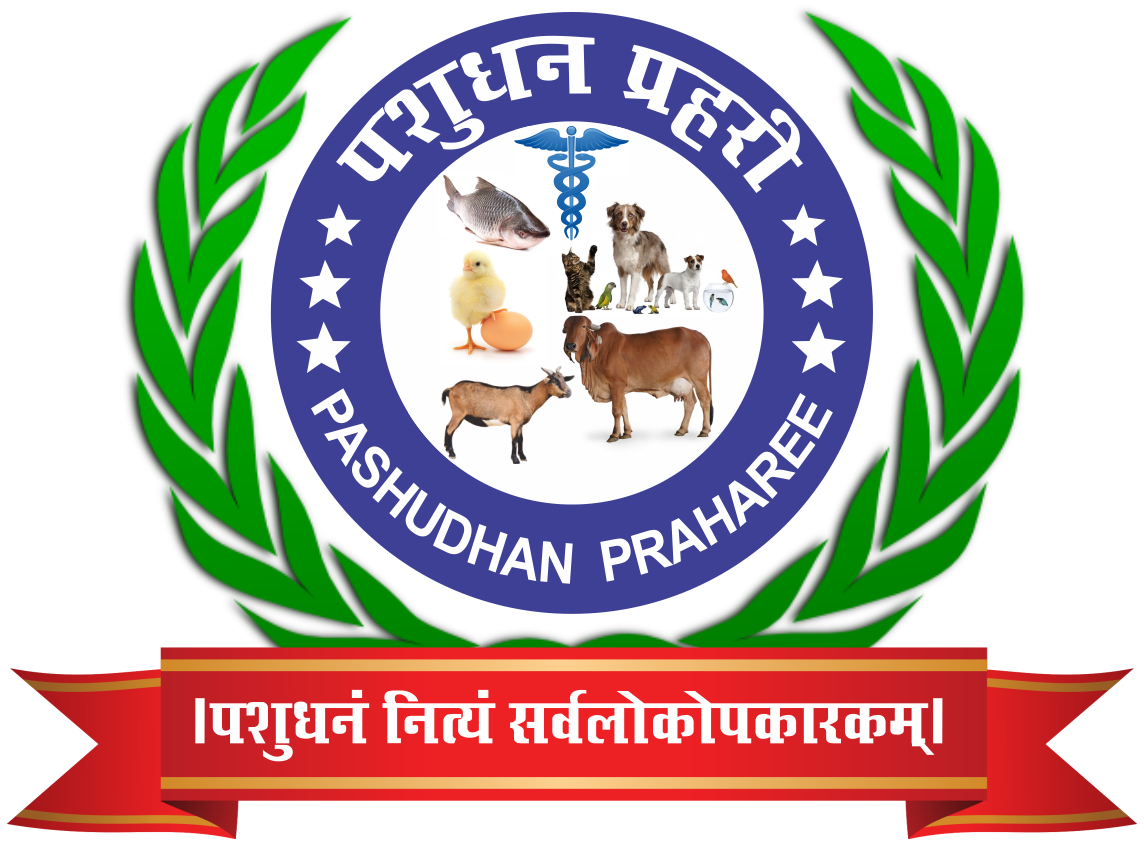ARTIFICIAL INDUCTION OF LACTATION IN NONBREEDER DAIRY COWS OR INFERTILE BOVINE IN INDIA
Artificial induction of lactation is a remarkable technique that enables infertile or non-pregnant cows and buffaloes to produce milk. In the Indian context, where dairy farming is a cornerstone of the agricultural economy, this practice holds significant promise for enhancing productivity and farmers’ livelihoods.
Importance in India-
India is the world’s largest producer of milk, and dairy farming is integral to the socio-economic fabric of rural communities. Infertility in bovines leads to economic losses, as farmers continue to bear the cost of maintenance without any return in terms of milk production. By artificially inducing lactation in infertile animals, farmers can:
Maximize Productivity: Transform unproductive cattle into milk-producing assets.
Improve Economic Returns: Generate income from animals that would otherwise contribute no economic value.
Sustain Genetic Resources: Retain valuable genetic lines by keeping high-quality but infertile cows in the production cycle.
Methods of Artificial Induction-
Artificial induction of lactation involves mimicking the hormonal changes that occur during pregnancy and parturition. The primary methods include:
- Hormonal Therapy:
– Estrogen and Progesterone Administration : Over a period of about 7 to 10 days, the animal is administered estrogen and progesterone to simulate pregnancy hormones.
– Prolactin Stimulation: Drugs like dexamethasone or reserpine are used to stimulate prolactin secretion, which is crucial for milk synthesis.
– Withdrawal Phase: Hormone treatment is stopped abruptly to mimic the hormonal drop that triggers lactation naturally.
- Mechanical Stimulation:
– Frequent Milking: Initiating regular milking sessions stimulates the release of oxytocin, promoting milk let-down.
– Udder Massage: Massaging the udder enhances blood flow and supports milk production.
- Nutritional Support:
– Balanced Diet: Providing a high-energy, high-protein diet fortified with essential vitamins and minerals supports the metabolic demands of lactation.
– Supplements : Use of galactagogues (substances that promote lactation) like certain herbs and feed additives.
Benefits-
– Economic Advantage: Increases dairy farm profitability by utilizing animals that would otherwise be culled.
– Resource Efficiency: Optimizes the use of feed and resources by generating returns from all animals.
– Flexibility: Allows farmers to maintain milk production levels even when replacement heifers are not immediately available.
Challenges and Considerations-
– Variable Success Rates-: Not all animals respond equally; younger cows and those that have calved before tend to have better outcomes.
– Health Monitoring : Hormonal treatments can have side effects; ongoing veterinary supervision is essential.
– Milk Composition : Initially, the milk may have higher somatic cell counts or differ in composition; testing is recommended before regular collection.
– Regulatory Compliance : Adherence to local regulations regarding hormone use is mandatory to ensure food safety.
– Ethical Concerns : Welfare considerations must be addressed, ensuring that the procedure does not cause undue stress or harm to the animal.
Artificial induction of lactation offers a valuable tool for dairy farmers in India to enhance productivity from infertile bovines. By carefully implementing this practice with professional guidance, farmers can improve their economic situation while contributing to the overall growth of the dairy sector. It aligns with the goals of maximizing resource utilization and supporting the livelihoods of rural communities.
There are various methods to induce lactation in infertile cows by using oestrogen-progesterone combination.
FIRST METHOD: –
Steps:
1. 1st to 3rd days:
(a) Stilboestrol 30 mg S/C daily.
(b) Hydroxy progesterone 250 mg I/M daily.
2. 4th to 7th days:
(a) Stilboestrol 20 mg S/C daily.
(b) Hydroxy progesterone 250 mg I/M daily.
3. 8th and 9th days:-
Stilboestrol 20 mg S/C daily.
4. 10to 14th days:-
(Contraceptive pills used in human practice containing). Norethisterone lmg and Ethinyl estradiol 30 mg (1 tablet per day orallyl per tablet to maintain oestrogen concentration in the blood.
5. 11th to 15th days :-
Dexamethasone 5ml I/M daily.
6. The udder and teats are massaged twice daily for 5 minutes till the flow of milk started.
• The mammary glands develop gradually up to the 8th days and then faster upto 11 th days.
• On milking, watery fluid starts to come out which turn milky in appearance after administration of dexamethasone.
• After the induction of lactation, initially the milk has unpleasant odour, taste, and it curdles on boiling. Probably this is due to steroid secretion in the milk. This milk should not be used for human consumption.
• After nearly 20 days, the flavour and taste of the milk improves, the curdling disappears and now it is fit for consumption.
SECOND METHOD:-
Steps:
Deworming should be done before starting the treatment.
1. 1st day :
(a) stilboestrol 25 mg S/C
(b) Hydroxy progesterone 250 mg I/M.
2. 2nd day:-
(a) Repeat Stilboestrol + Hydroxy-progesterone
(b) Calcium borogluconate)450 ml. slow I/V
(c) Amino acid infusions 200 ml I/V
3. 4th to 10th days.
• Repeat Stilboestrol and Hydroxy-progesterone.
• From 7th day, milk like discharge starts to come out.
• On the 10th day, about 100 ml. milk can be procured.
4. 11th to 13th days:-
(a) Metaclopromide 10 mg or 2 ml I/M daily
(b) Prednisolone 20 mg or 2 ml I/M daily
The udder and teats are massaged twice daily for 5 minutes after starting the treatment.
THIRD METHOD: –
On the ‘0’ day :-
oestradiol valerate 1 ml -I/M
On the 7h day :-
Cloprostenol sodium 2 ml -I/M
On the 9th day :-
Oestradiol valerate 1ml I/M
• A heifer shows the heat symptoms after first injection of oestradiol valerate 1ml but she should not be inseminated. Again
the heifer shows heat symptoms after receiving second dose of oestradiol valerate on 9th day. Inseminate the heifer or cow, 12 hours and 36 hours after the second injection of estradiol valerate.
• The development of udder is evident after one week onwards
and from 15th day, onwards milk let down started gradually.
• This method induces fertile heat in heifer and also induces lactation.



